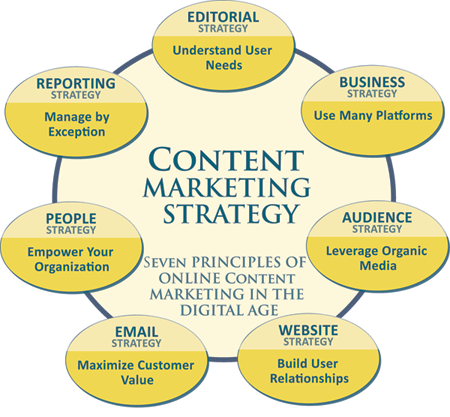Mastering the Art of Writing a Comprehensive Business Plan
Introduction
A well-crafted business plan serves as a roadmap for entrepreneurs and aspiring business owners, outlining their vision, strategies, and goals. Whether you’re starting a new venture or seeking investment, a meticulously prepared business plan is a valuable tool that provides clarity, direction, and a structured approach to achieving success. In this article, we’ll explore the key components of writing an effective business plan that captures your business idea and resonates with potential stakeholders.

- Executive Summary: Captivating Introduction
The executive summary is the first impression your business plan makes. It should succinctly highlight the essence of your business, its value proposition, target market, and competitive advantage. While it appears at the beginning of the plan, it’s often best written after you’ve finalized the rest of the document.
- Company Description: Defining Your Business
Provide a detailed overview of your business, its mission, vision, and core values. Describe the products or … Read more
Continue Reading


